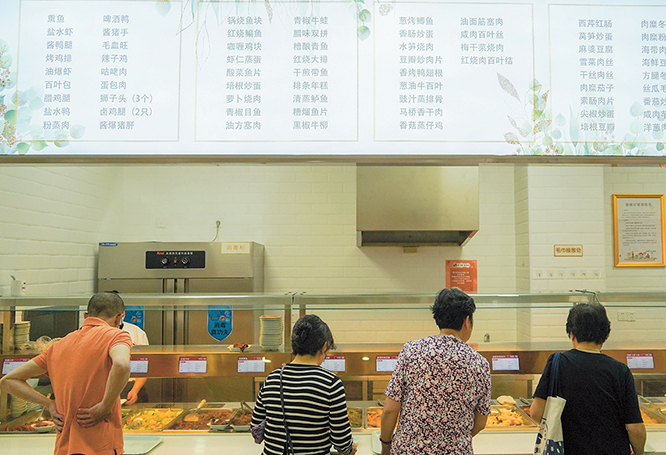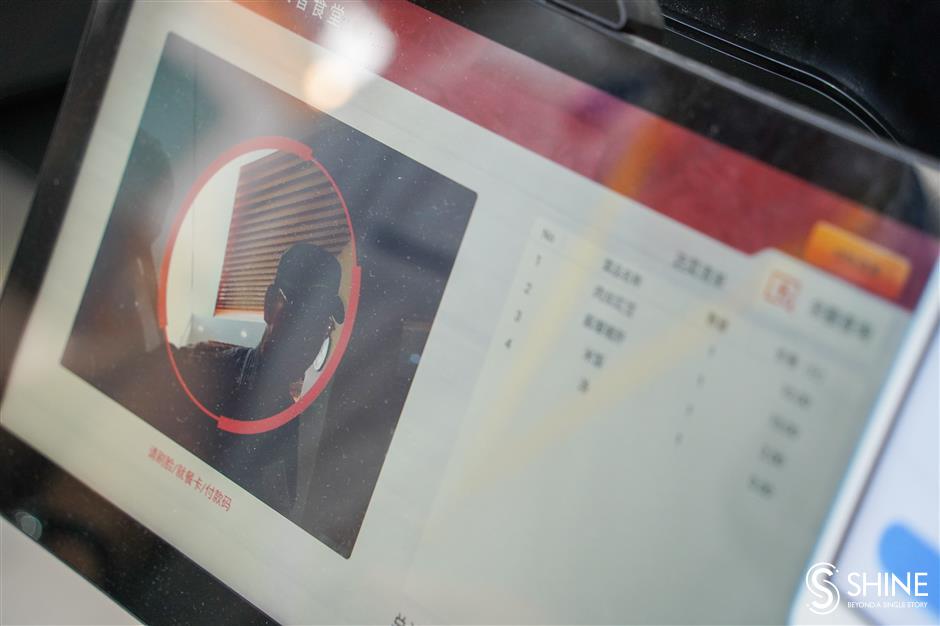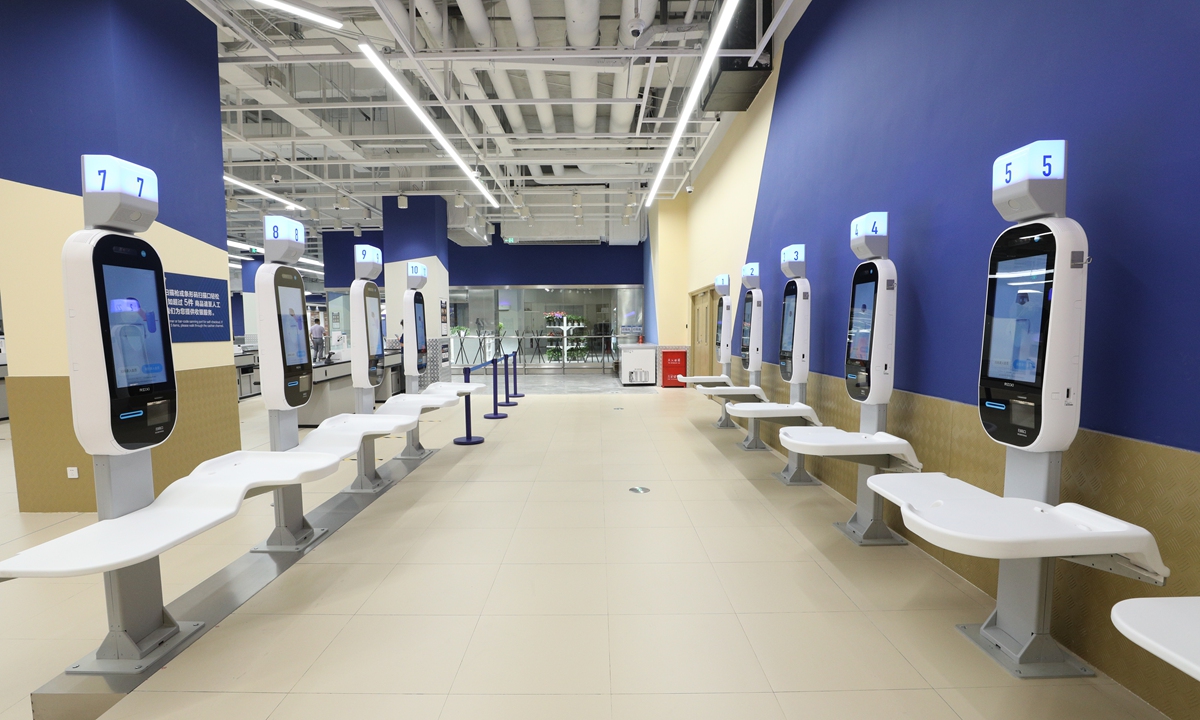While the outdated stereotype of older people shying away from technology persists, reality tells a different story. In China, community-based establishments are embracing digital technology to enhance efficiency and convenience, improving the quality of life for their customers, particularly their older ones. Among these pioneering advancements is the integration of facial recognition systems into traditional payment methods, revolutionising dining and shopping experiences. And these innovative approaches are being enthusiastically embraced by older generations.
By using digital payments and intelligent services, these centers are providing a more convenient dining experience, particularly for those with mobility issues.
Facial recognition technology, once considered futuristic and complex, is now seamlessly integrated into everyday transactions, making payments smoother and interactions more efficient. What was once maybe perceived as a barrier for older generations has become a tool for empowerment, enabling older people to navigate modern life with confidence and ease.
One notable example of this is the Lujiazui Subdistrict Comprehensive Senior Service Center and their once traditional canteens which have undergone a remarkable evolution. Instead of relying on cash transactions, customers can now seamlessly pay with their faces through facial recognition systems. This simple yet groundbreaking innovation has streamlined transactions, simplified the payment process and made it more accessible for older individuals.
The impact of these smart canteens extends far beyond mere convenience; they are fundamentally revolutionising the lives of older residents. By using digital payments and intelligent services, these centres are providing a more convenient dining experience, particularly for those with mobility issues. Led by initiatives like the Shanghai Civil Affairs Bureau, similar canteens are being established citywide, with the goal of integrating user-friendly technology into everyday services to enhance the quality of life for older residents.
Complementing this narrative of innovation is the emergence of stores like Fresh Hippo (owned by the Alibaba Group) which have seamlessly integrated facial recognition payments into the daily shopping experience. Their innovative system allows customers to complete transactions with just a glance at a camera, once they have registered and linked their accounts.
The integration of facial recognition software in these canteens and stores represents a significant leap forward in payment technology, drastically reducing transaction times and enhancing operational efficiency. What sets these innovations apart is their focus on user experience, particularly for older individuals who may struggle with traditional payment methods. By simply standing in front of a machine and looking at the camera, customers can effortlessly complete transactions within seconds. This user-friendly approach not only improves efficiency but also fosters inclusivity, ensuring that all members of the community can access essential services with ease.
Considering such examples, it’s exciting to think about where else facial recognition technology could be used to make our lives easier and safer, beyond just canteens and stores. But it’s also about making sure everyone can benefit. We need to ensure that these innovations are accessible to everyone, regardless of their background. And, of course, we can’t forget about privacy and security. It’s crucial to find the right balance between convenience and protecting our personal information.
Moreover, it’s not just about making payments easier; it’s about changing attitudes and improving services. China’s approach offers some great lessons for the rest of the world. Are there ways we can adapt their strategies to improve the lives of older people everywhere? By exploring these questions, we can use technology to build societies that are more inclusive, accessible, and friendly to people of all ages.

 &
& 






